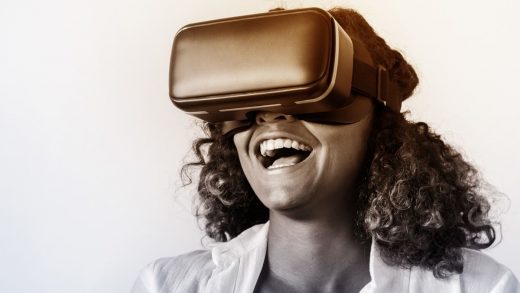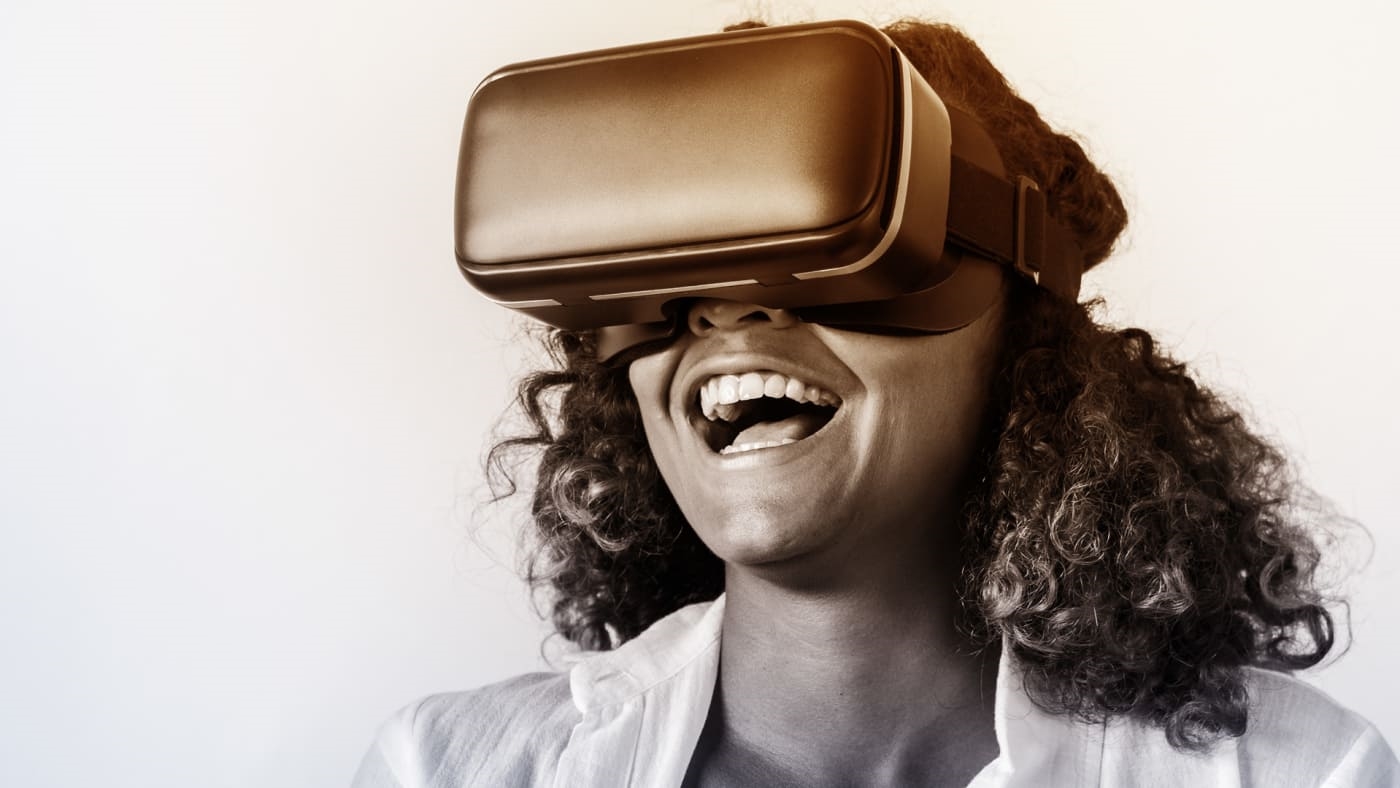Can Apple do an AR/VR combo headset that won’t make Jony Ive barf?
CNET reports today that Apple is working on an AR/VR product that will show up in 2020. It’s not a complete surprise–at least not the augmented reality part, which CEO Tim Cook has expressed excitement about several times in the past.
CNET’s Shara Tibken reports that Apple is building a headset that would also do the more immersive virtual reality (VR) experience, citing a person familiar with Apple’s plans. The source says Apple’s headset uses a super-high-def 8K display for each eye. It would connect wirelessly to a chunk of hardware like a small tower, which would contain powerful processors to power the experience.
Tibken writes that the project, codenamed T288, is still in its early stages and could be scrapped or changed by Apple. I have no doubts about Tibken’s reporting–Apple has very likely been working on AR and VR glasses and headset designs for the past few years. I also think the hardware design her source described will never see the light of day. Why? It sounds a bit clunky, and doesn’t seem to involve the iPhone, which is where Apple has planted its AR seed with the ARKit development framework. Here’s Tibken’s description:
Apple’s headset would connect to a dedicated box using a high-speed, short-range wireless technology, according to a person familiar with the company’s plans. The box, which would be powered by a custom Apple processor more powerful than anything currently available, would act as the brain for the AR/VR headset. In its current state, the box resembles a PC tower, but it won’t be an actual Mac computer.
That sounds a lot like a prototype. By 2020 VR headsets probably won’t rely on stationary external hardware. The forthcoming Oculus Go will be powered by processors built into the headset, for example.
As for the AR part, that is necessarily a mobile experience (most of “reality” happens away from your desktop). One classic use case is walking through the Tokyo subway and seeing English language digital labels overlaying signs marking lines, routes, stops, times, etc. But the headset CNET’s source describes doesn’t seem to lend itself to that kind of mobile experience.
I subscribe to analyst Tim Bajarin’s view that Apple is more likely to sell a sleek pair of AR glasses, with the digital overlays powered by a wirelessly connected iPhone somewhere on the user’s person.
For a design-obsessed and miniaturization-obsessed company like Apple, putting a VR and AR experience together in a single hardware product seems especially difficult. The VR headsets we have today are big and bulky and cover the user’s eyes. VR is a completely digital experience that necessarily shuts out the outside (analog) world. In AR, the hardware must obstruct the user’s view of the real world as little as possible, then deftly layer digital content on top. How do you fit both of those distinctly different hardware requirements into one product without giving design chief Jony Ive the dry heaves?
¯\_(?)_/¯
(13)



